Spinoff of Fosfatos del Pacifico
In partnership with a subsidiary of Mitsubishi, the company owns Fosfatos del Pacifico, a project to establish a phosphate mine. In August 2016, Cementos Pacasmayo announced its plan to spin off its 70% stake in Fosfatos del Pacifico as FOSSAL.
“FOSPAC is an attractive project, with substantial phosphate reserves to serve the growing demand for fertilizer worldwide,” said Roberto Dañino, Chairman of Fosfatos del Pacifico. “Establishing FOSSAL as a stand-alone company will allow us to pursue the process of partnering with an operating investor to develop the project.”
…
“This transaction will create value for both our shareholders and our business,” said Humberto Nadal, Chief Executive Officer of Cementos Pacasmayo. “The new structure will provide both the cement and phosphate businesses with greater long-term clarity to capitalize on growth opportunities, while investors will be able to value both Cementos Pacasmayo and FOSSAL based on their individual operations and finances.”
Subsequent to that announcement, a shareholder vote was taken in September and the plan was approved. The company expects that for every share owned, a shareholder will receive 0.8 shares of Cementos Pacasmayo stock and 0.2 shares of FOSSAL stock. Cementos Pacasmayo will also contribute cash to FOSSAL, which will need significant capital to develop its mine.
What will happen to ADR holders?
Based on the company’s statements we were unsure of what would happen to owners of American Depository Receipts(ADRs) at the time of the spin. We sent the question to Cemetos Pacasmayo’s Investor Relations, and got the following response:
ADR holders will receive shares of FOSSAL as well, what we do not know yet is if they will receive them in the form of a level 1 ADR, and if so, how many FOSSAL common shares will make up that ADR.
So, it is still unclear exactly what these shareholders will get. Also, we did not know what a Level 1 ADR was, so we looked it up. Our friends at Investopedia give us a comprehensive description of the different levels of ADR:
Level I ADRs
A sponsored ADR listed as a Level I issue requires the least amount of compliance and regulatory oversight, and investments are originated by the foreign company wishing to offer shares. An F-6 registration statement must be filed to meet the requirements of a Level I ADR offering, but the company is exempt from full SEC reporting requirements. An ADR issued under a Level I program is controlled by the foreign company and the single depository bank it selects. Because of the minimal oversight and exemption from reporting requirements, Level I ADR issues are only traded on the over-the-counter market.
Level II ADRs
Foreign companies issuing Level II ADRs are mandated to fulfill all registration and reporting requirements imposed by the SEC. This includes submitting the company’s F-6 registration statement, SEC Form 20-F, and annual financial reports prepared in line with either generally accepted accounting principles or international financial reporting standards. Companies must also comply with the Sarbanes-Oxley Act, which dictates accounting and financial disclosure and other reporting standards. Level II ADRs are allowed to be listed on a major U.S. stock exchange such as the New York Stock Exchange or the Nasdaq Stock Market. Level II ADRs provide the issuing foreign company greater exposure in the United States without needing to complete a public offering.
Level III ADRs
Level III ADRs are similar to Level II issues in terms of reporting requirements and listing on U.S. exchanges. However, foreign companies issuing Level III ADRs can also raise capital through a public offering of the ADR within the United States. This additional step requires the company to file a Form F-1 with the SEC to register the public offering, however.
Cementos Pacasmayo has recently established March 1 as the effective date of the spinoff, which is fast approaching. The company put together a lovely set of slides discussing the transaction which can be seen below.
Disclosure: The author holds no position in any stock mentioned
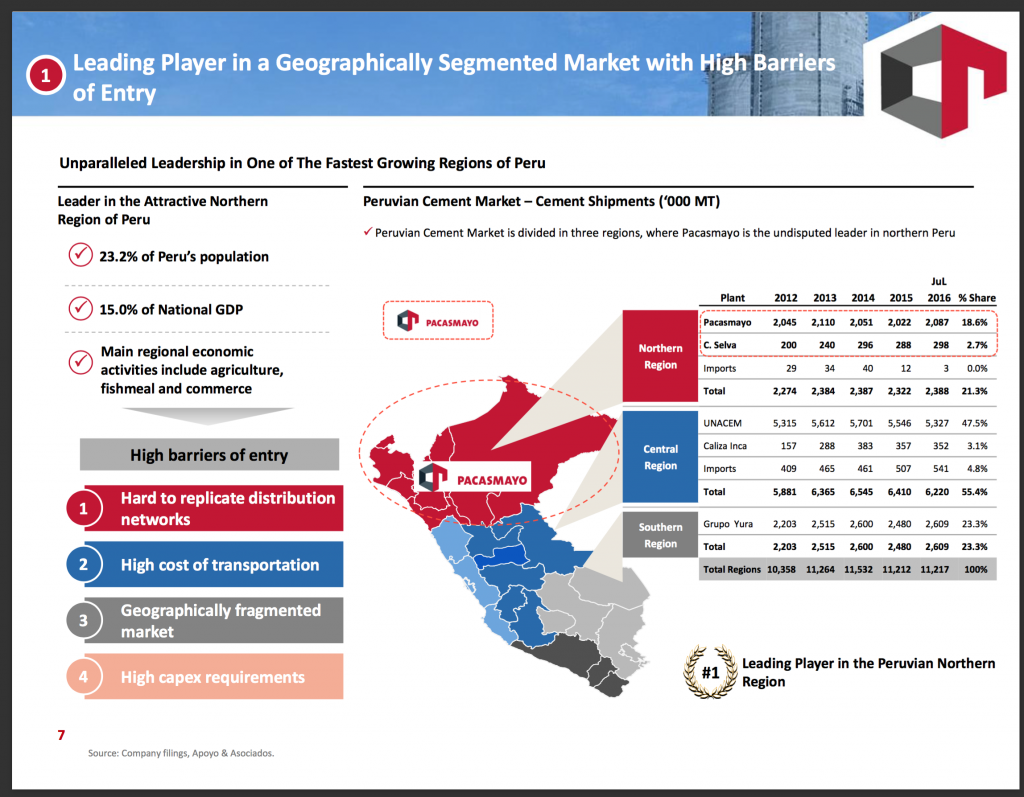
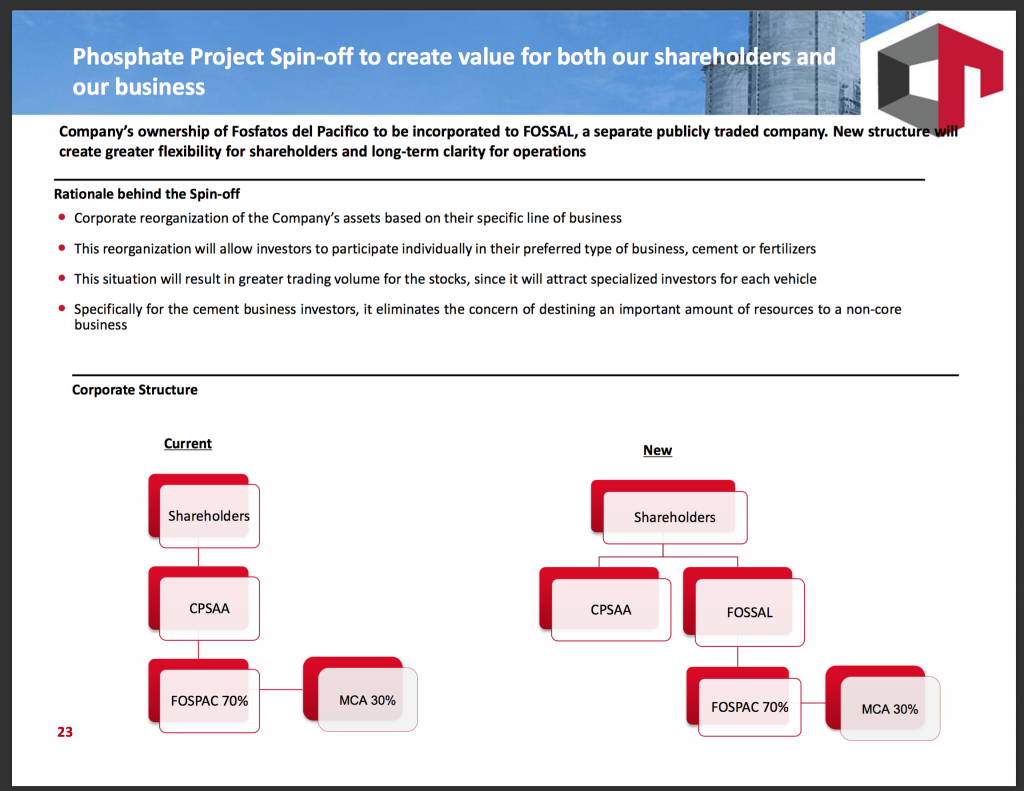
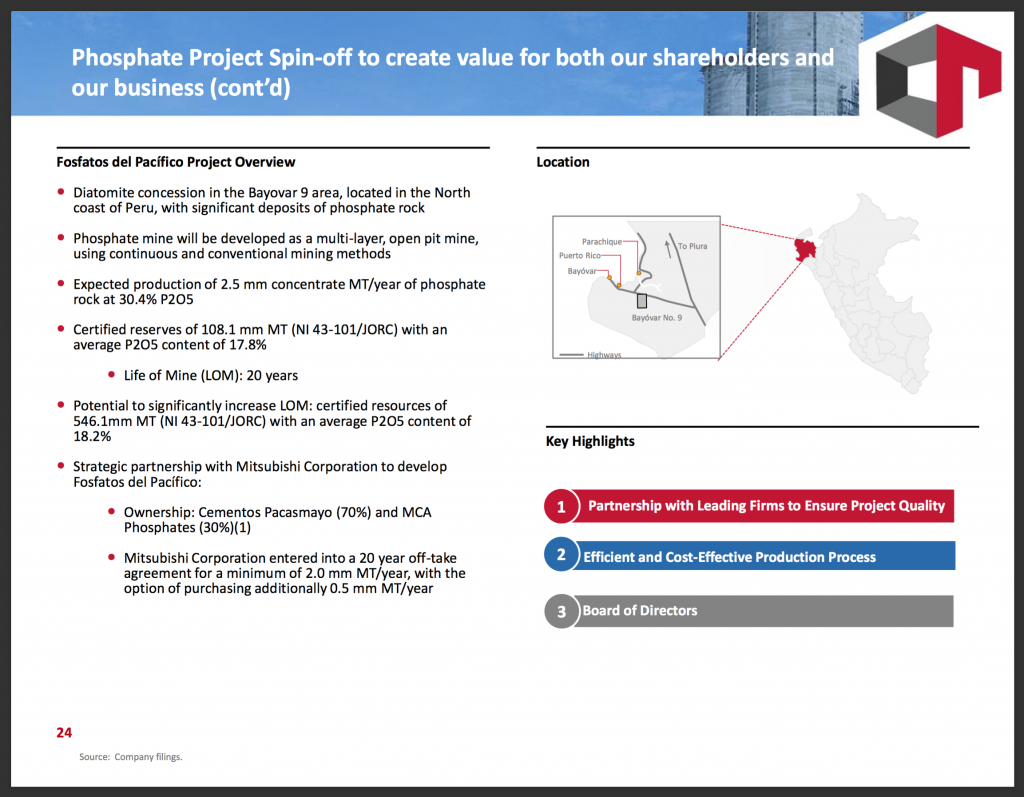
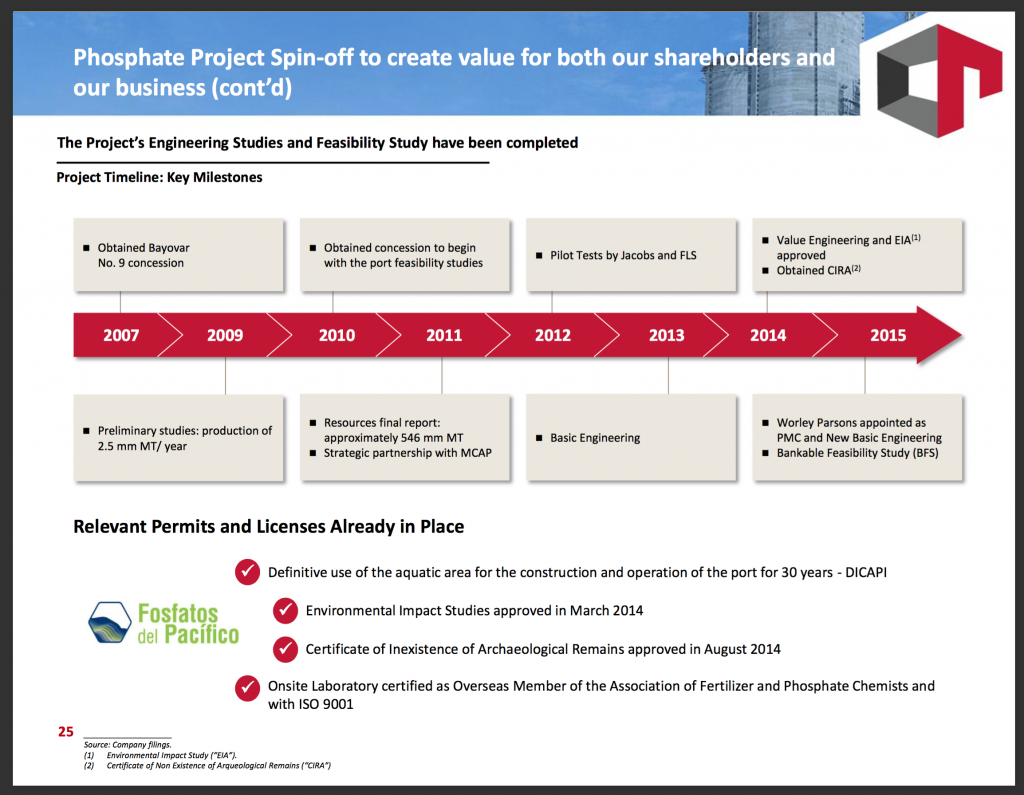
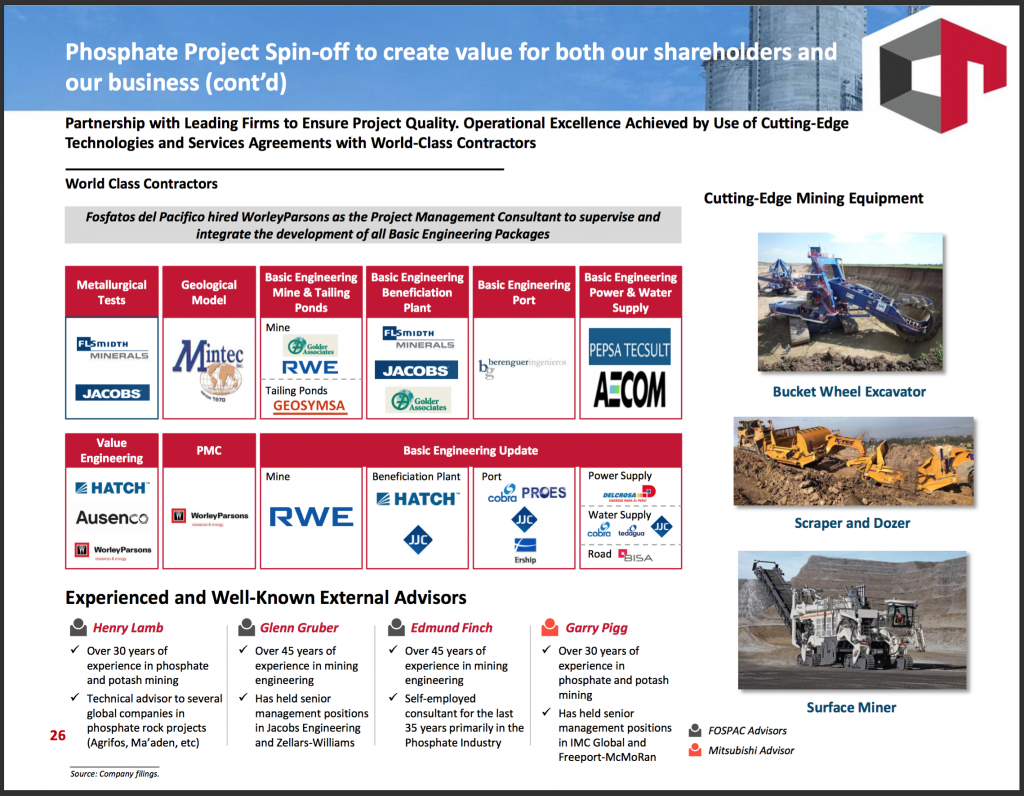
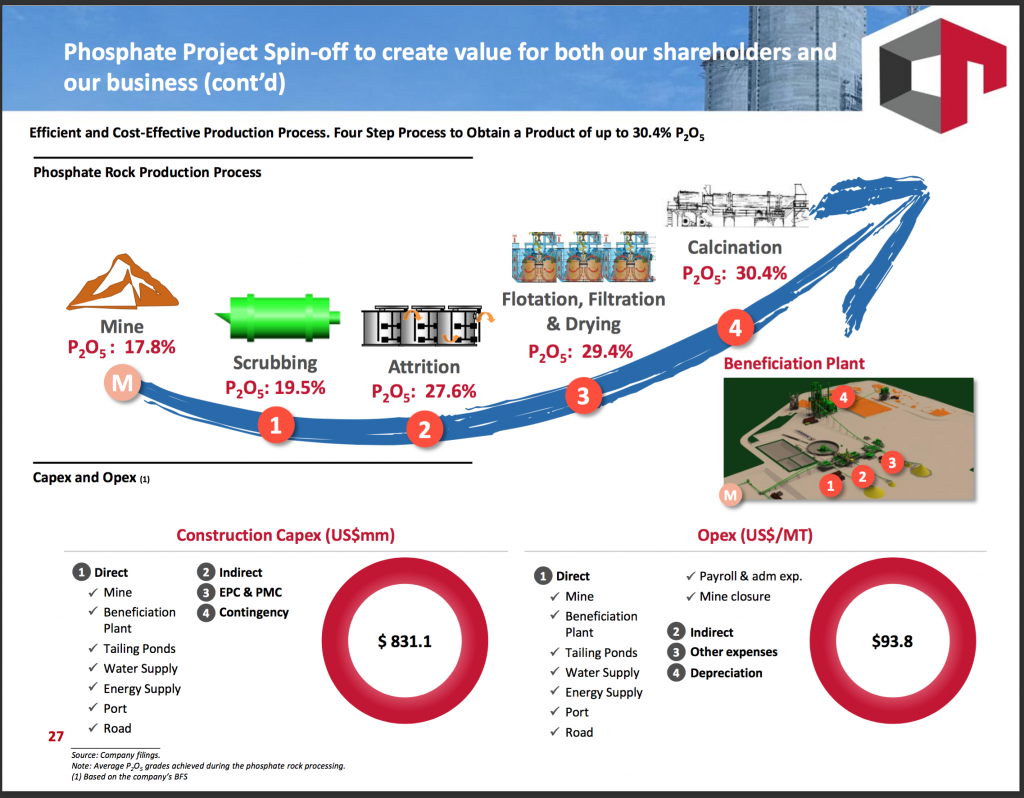
Likes
Mentions